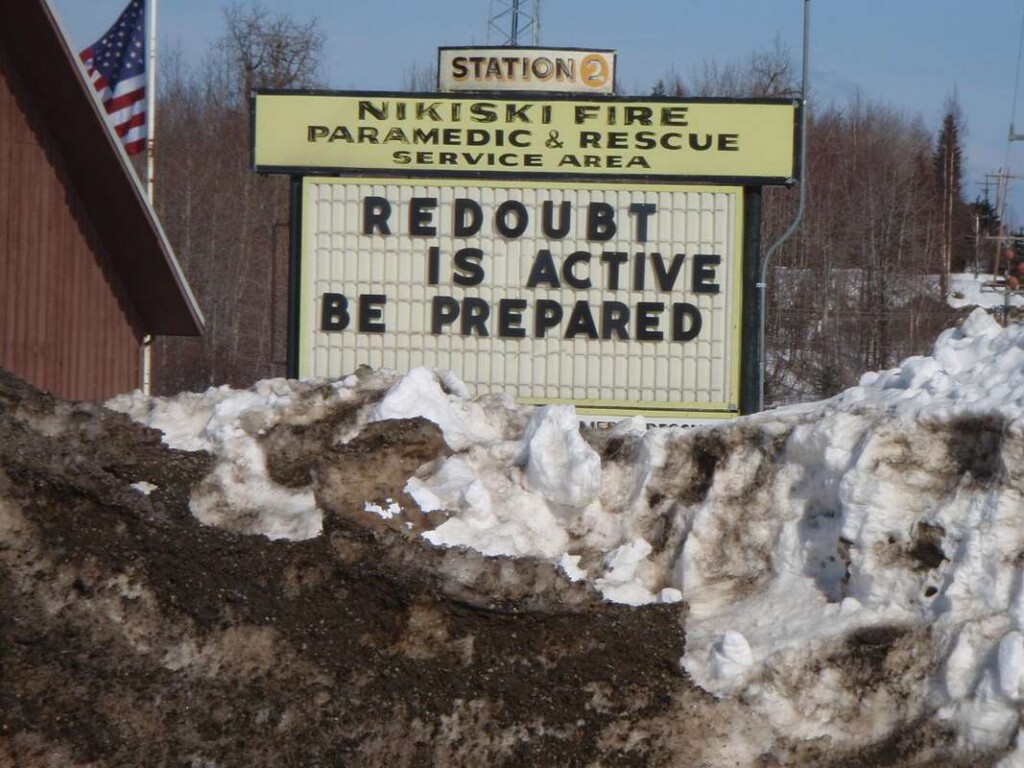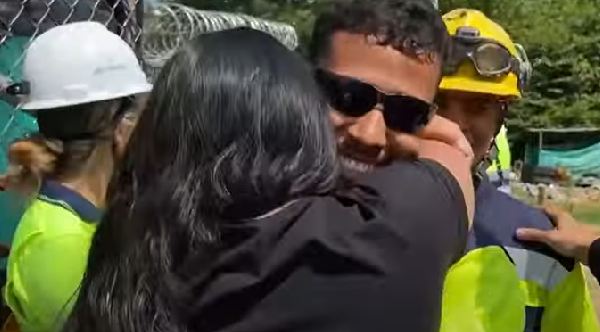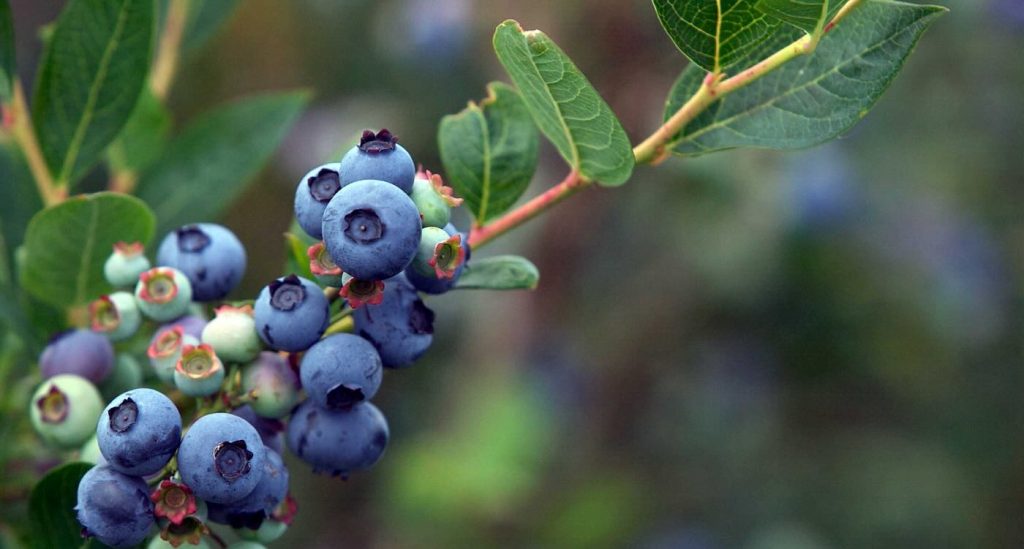In a remarkable blend of nature and technology, scientists are uncovering how trees may hold the key to predicting volcanic eruptions. This innovative approach not only promises to save lives but also highlights the incredible synergy between the natural world and human ingenuity.
Did you know that for the millions living near active volcanoes, help could come from the most unexpected source: trees? As magma stirs beneath the earth’s crust, it releases carbon dioxide, which the greenery absorbs, leading to observable changes in their health and vibrancy. By harnessing satellite technology, researchers can monitor these shifts to provide early warnings about potential eruptions.
This groundbreaking idea stems from a partnership between the Smithsonian Institution and NASA. Together, they assembled a dedicated team of botanists and volcanologists, while NASA contributed its fleet of advanced earth-monitoring satellites, including the Orbiting Carbon Observatory 2 and Landsat 8.
Areas such as northern California, southwest Alaska, and Hawaii are particularly vulnerable to volcanic activity. In fact, travelers in Alaska faced significant disruption when the Redoubt Volcano erupted in 2009, forcing the cancellation of over 300 flights as the ash cloud filled the sky.
The intriguing part about predicting these eruptions lies in understanding how gases like carbon dioxide and sulfur dioxide accumulate before an explosion. While sulfur dioxide is easily detectable from space, the earlier emissions of carbon dioxide are more subtle, often obscured by the existing levels of this gas in the atmosphere.
Researchers have identified that the greening of trees serves as an effective indicator of increasing carbon dioxide levels, making it easier to monitor via satellite. Meanwhile, other signals—such as seismic activity and changes in ground elevation—help volcanologists paint a clearer picture of what’s happening deep below the surface.

Volcanologist Robert Bogue from McGill University emphasized the challenge of detecting subtle changes in volcano emissions, stating, “The idea is to find something measurable instead of carbon dioxide directly, so we have a proxy for monitoring emission changes.” Traditional methods often involve direct measurements, which can be tricky due to the remote locations of many volcanoes.
But thanks to a wealth of satellites at our disposal, monitoring these volcanic emissions is becoming more sophisticated. Dr. Nicole Guinn, a volcanologist at the University of Houston, was part of the pioneering team that demonstrated the relationship between tree greening and volcanic activity, using both European Space Agency and NASA satellites during research around Mount Etna in Italy.
This collaboration isn’t just about volcano predictions; it also opens a dialogue about climate change. Researchers like Josh Fisher from Chapman University are particularly interested in understanding how trees can respond to heightened carbon dioxide levels. This knowledge not only prepares us for potential volcanic activity but also offers insight into how trees might adapt in a changing climate.
As we continue to explore the connections between nature and technology, this groundbreaking work reminds us all of the resilience of our planet and the innovative strides we’re making to protect it. Through the seamless cooperation of scientists, we’re not just warding off destructive forces; we’re learning to harmonize with Earth’s systems.
Share this inspiring story with friends and family and reflect on the remarkable ways nature and science come together!
If you would like to see similar good news stories click here & Share this to brighten someone’s day.





